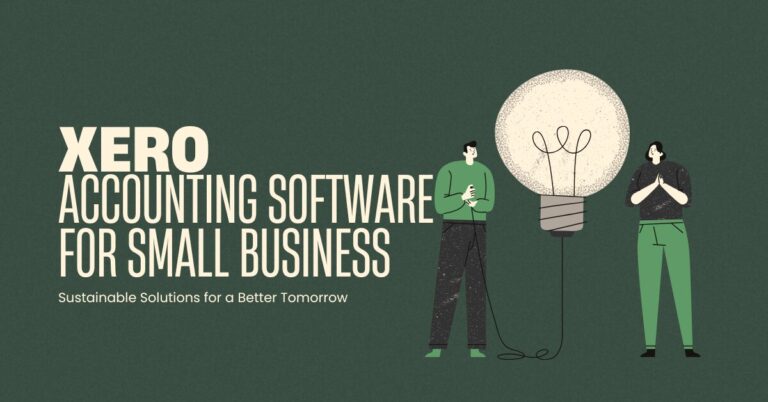Not Everyone is a Friend at the Workplace
In today’s dynamic corporate landscape, where individuals from diverse backgrounds come together to achieve common goals, the workplace can be a melting pot of personalities, opinions, and attitudes. While camaraderie and teamwork are essential for a productive work environment, it’s crucial to remember that not everyone at the workplace is a friend. In this article, we’ll explore the intricacies of workplace relationships, the challenges they present, and how to navigate them effectively.

Understanding the Dynamics
The Illusion of Friendship
At the workplace, it’s common for colleagues to develop friendly relationships. However, it’s essential to recognize that these friendships often revolve around shared objectives and not personal connections.
Not Everyone is a Friend at the Workplace: Navigating Office Relationships
The Importance of Boundaries
Maintaining boundaries is crucial in a professional setting. Overstepping these boundaries can lead to misunderstandings, conflicts, and jeopardize your career.
The Role of Colleagues
Colleagues are more than just work associates. They can be your allies, mentors, or even rivals. Understanding their roles is key to navigating office dynamics.
Office Politics
Office politics is an inherent part of any workplace. Being aware of it and learning to navigate it can help you avoid unwanted conflicts.
Challenges in Workplace Relationships
Trust Issues
Not everyone at work has your best interests at heart. Trust issues can arise when personal interests clash with professional ones.
Gossip and Rumours
Office gossip can be harmful, damaging reputations and relationships. Learn how to avoid being caught up in it.
Competition
Healthy competition is encouraged, but it can also strain relationships if not managed properly. Recognize the difference between friendly competition and rivalry.
Miscommunications
Misunderstandings are common in the workplace. Mastering the art of effective communication stands as the linchpin in preventing and resolving conflicts.
Navigating Office Relationships
Professionalism
Maintaining professionalism at all times is essential. Treat everyone with respect, irrespective of your personal opinions.
Setting Boundaries
Clearly define your professional boundaries and communicate them when necessary. It’s okay to say ‘no’ politely when asked to cross them.
Conflict Resolution
When conflicts arise, address them promptly and professionally. Seek mediation if necessary to find a mutually acceptable solution.
Building Genuine Connections
While not everyone is a friend, it’s possible to build genuine connections at work. Seek out like-minded colleagues who share your values and interests.
Conclusion
In conclusion, the workplace is a dynamic environment where professional relationships play a significant role. While not everyone is a friend, it’s crucial to navigate office relationships with tact, respect, and professionalism. By understanding workplace dynamics, setting boundaries, and addressing conflicts constructively, you can create a harmonious and productive work environment.
FAQs
Can I be friends with colleagues at work?
Absolutely, but remember to maintain professionalism and boundaries to avoid conflicts.
How do I deal with office gossip?
Avoid participating in gossip, and if you hear something, verify the facts before reacting.
What should I do if I have a personal issue with a colleague?
Address the issue privately and professionally, seeking a resolution that benefits both parties.
Is it okay to compete with colleagues for promotions?
Yes, healthy competition is encouraged, but always maintain respect and fairness.
How can I build genuine connections at work?
Look for common interests and values with colleagues, and invest time in nurturing those connections.
Thanks for reading this article.







One Comment